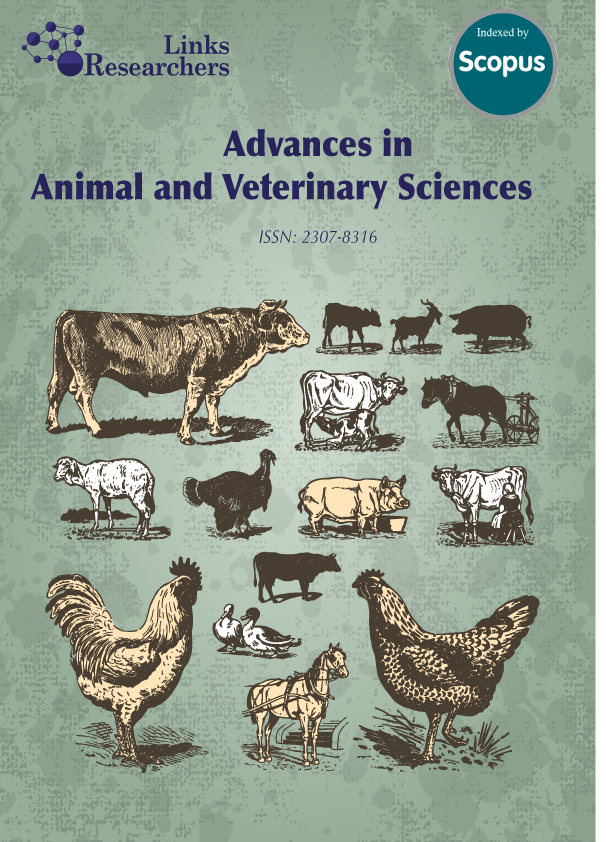The agricultural sector in Indonesia plays a pivotal role in enhancing rural livelihoods and food security, with duck farming contributing significantly to smallholder farmer incomes. The research was conducted in Indramayu District because it has the largest rice field area in West Java Province. This condition makes Indramayu District very potential for the development of duck farming areas because the physiological status of ducks as waterfowl allows ducks to be reared in low tide areas such as rice fields and swamps. This study aims to analyze the factors influencing the profitability of duck farming and propose strategies for its sustainable development in Indramayu District. Using survey data from 96 duck farmers, multiple regression analysis identified 7 independent variables affecting profits. Among them, livestock population and egg sales had the most substantial positive impact, while seed prices, cage costs, feed costs, equipment costs, and labor costs negatively influenced profits. The 7 independent variables 95.3% (R2) explained the dependent variable and simultaneously had a significant effect on farmer profits. SWOT analysis revealed strengths such as abundant natural feed resources and favorable environmental conditions, alongside weaknesses like semi-intensive rearing systems and limited capital access. Opportunities include growing market demand, while threats involve low farmer bargaining power. Based on these findings, a “Growth Oriented Strategy” (S-O Strategy) was recommended, emphasizing a shift to intensive farming systems supported by accessible financial credit and capacity-building initiatives. Stakeholders, including local governments, financial institutions, and agricultural extension services, should collaborate to provide subsidized credit, farmer training, and market access, while policymakers focus on infrastructure and product distribution support for intensive farming. This research underscores the strategic importance of targeted interventions to improve profitability and productivity, offering a replicable framework for sustainable rural agribusiness development. However, this study is limited by its geographical focus on Indramayu District, which may affect the generalizability of findings to other regions with different environmental and socio-economic conditions.
Keywords | Duck Farming, Development strategy, Profit, Rural economic, Growth oriented strategy






